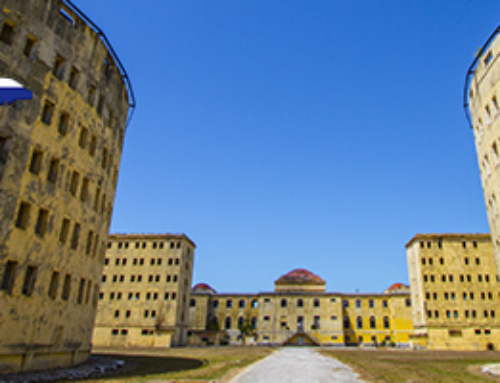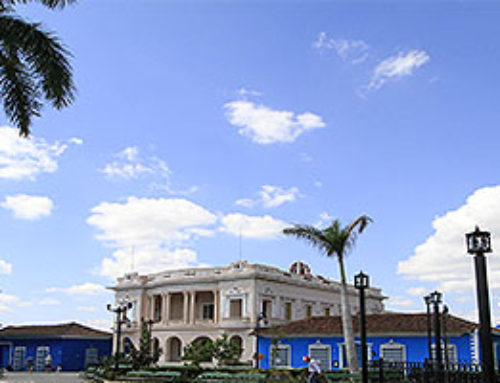Santiago de Cuba
Santiago de Cuba is a very special city to me. It is the heart of the Cuban son and the heart of salsa. Santiago is the second-largest city in Cuba. It was founded in 1514 along the west coast bay Santiago de Cuba located not far from the mouth of El Cobre river. This happened only 2 years after the first Spanish city in Cuba was founded, namely Baracoа. Santiago de Cuba used to hoast an American Indians’ village of the tahini tribe which had sedentary behaviour. The conquistadors, however, chased them away and founded a settlement. The strategic location of Santiago de Cuba and its bay in relation to the already conquered island of Espanola /nowaday Haiti/ makes it of great significance as a spot on the trade route from Europe and Africa to America.
The international airport of Santigo de Cuba “Antionio Maseo” hosts a lot of flights from Europe, Dominicana, and the capital Havanа. It is located 970 km away from Havana and 241 from Baracoа. Santiago de Cuba is the centre of the Cuban Revolution movement of 1959 when most of the fights were held in the nearby Sierra Maestra. Here on the 26th of July 1953 they try to overtake the Moncada barracks. Also it is in 1956 when the Granma ship debarks here and sets the beginning of the Revolution that made Cuba free land. Every step you take in Santiago de Cuba is history. It has a rather different spirit compared to the touristic Havana. The unique charm of the city stems not only from the authenticity of the Cubans living there, but also from the spectacular combination of Caribbean beaches and the close proximity to the largest range of mountains in Cuba – Sierra Maestra.
The locals have a widespread misunderstanding as to the origin of the Cuban Son (authentic local dance, predecessor of the Cuban salsa) – whether it comes from Santiago de Cuba or Baracoа but later the decision is made in favour of Santiago. The narrow street especially along Sespedes, Jose Marti and the Cathedral squares are fascinating. Here you will also see a lot of music schools and academies – some of the best dancers come from Santiago de Cuba. Here you can try your dance moves in Casa de la Musica, Casa de la Trova and others. Towards the end of April, you can also witness the biggest, most colourful and lush carnival in Cuba.
The Santa Efigenia Cemetary near the city hosts the monumental grave of the Cuban national hero Jose Marti and also of Fidel Castro Ruz, who died in 2016.
What interesting is there to see in Santiago de Cuba:
- The city Cathedral and the historical centre
Invalid Displayed Gallery
- El Moro – built in 1658 it is an almost completely preserved Spanish fortress that used to guard the Santiago de Cuba bay
Invalid Displayed Gallery
Invalid Displayed Gallery
- The El Cobre Cathedral is sacred to the Cubans and it is located 25 km west of the city
- The Moncada Barracks that witnessed the beginning of the Revolution started by Fidel on the 26th of July 1953 is now turned into a school. However, it still keeps the history of the Cuban Revolution
- The Guama Island
















